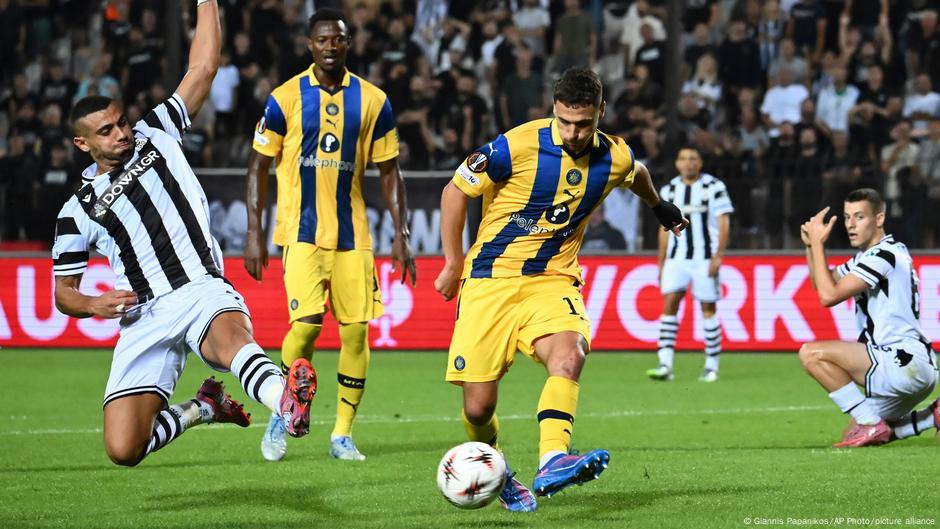Louvre Heists Through the Ages: A History of High-Profile Art Thefts

A History of High-Profile Heists at the Louvre
The recent theft of priceless jewels from the Louvre continues a long tradition of high-profile robberies at the Paris museum. This is not the first time the iconic institution has faced such daring crimes. One of the most infamous incidents was the 1911 theft of Leonardo da Vinci’s Mona Lisa, which shocked the art world and highlighted the museum’s vulnerabilities.
Notable Thefts Through the Years
Over the decades, the Louvre has been targeted multiple times. In 1998, a daylight heist resulted in the loss of a Camille Corot painting, which remains missing. More recently, in 2025, masked thieves used a vehicle-mounted hoist to break in, stealing several valuable items from the Galerie d’Apollon in under seven minutes. Their swift escape underscored the challenges of protecting such a vast and historic collection.
Security Challenges and Museum Response
Despite advanced security systems, the Louvre’s rich treasures remain attractive to thieves. Each incident has prompted the museum to reassess and upgrade its protection measures, striving to safeguard art for future generations while maintaining public access to these cultural masterpieces.
About the People Mentioned
Leonardo da Vinci
Leonardo da Vinci was a renowned Italian polymath of the High Renaissance, born on April 15, 1452, in Vinci, Italy. He is celebrated for his multifaceted talents as a painter, sculptor, architect, engineer, scientist, and theorist. Da Vinci's early life was marked by his illegitimate birth to a successful notary, Ser Piero, and a peasant woman, Caterina. He was raised by his father and stepmother, and at the age of five, he moved to his father's estate in Vinci. Da Vinci's formal education was limited, but he began an apprenticeship with the artist Andrea del Verrocchio in Florence at the age of 14, where he honed his skills in various arts and crafts. Da Vinci's notable works include the iconic paintings "The Last Supper" and "Mona Lisa," which have become cultural icons. He is also known for his anatomical studies and inventions, as documented in his extensive notebooks. These notebooks reveal his profound interest in science and engineering, covering subjects such as anatomy, mechanics, and flight. Da Vinci's contributions to art and science have had a lasting impact, influencing generations of artists and thinkers. Today, Leonardo da Vinci remains a figure of immense cultural and historical significance. His works continue to inspire artists, engineers, and scientists alike. Recent exhibitions and studies have highlighted the depth of his scientific and artistic endeavors, further solidifying his legacy as a true Renaissance man. Despite passing away on May 2, 1519, in France, Da Vinci's legacy remains vibrant, with ongoing research and exhibitions continuing to uncover and celebrate his multifaceted genius. There are no recent events specifically related to Da Vinci, but his enduring influence is evident in the many tributes and scholarly works dedicated to him.
About the Organizations Mentioned
Louvre
The Louvre is the world’s largest and most famous art museum, originally built as a fortress in the late 12th century to protect Paris's western edge. It evolved into a royal residence by the 14th century, with major Renaissance renovations initiated by King Francis I in 1546, who began transforming it into a palace and an art collection center. Subsequent French monarchs expanded the Louvre, including Louis XIII and Louis XIV, who added significant artworks and architectural elements such as the iconic Colonnade. When Louis XIV moved his court to Versailles in 1682, the Louvre ceased to be a royal residence and gradually became more focused on art and culture[1][2][3]. The Louvre officially became a public museum during the French Revolution in 1793, opening as the Musée Central des Arts with an initial collection largely composed of royal and confiscated church property. Under Napoleon Bonaparte, it was renamed Musée Napoléon and expanded dramatically with art acquisitions from his military campaigns, including Egyptian artifacts. The Second Empire under Napoleon III saw extensive building expansions and the addition of thousands of objects, establishing the Louvre as a premier cultural institution[1][3][4]. Today, the Louvre houses an unparalleled collection of artworks spanning nearly two millennia, including masterpieces such as the Mona Lisa, Venus de Milo, and The Wedding Feast at Cana. It occupies over 60,600 square meters and attracts around 10 million visitors annually, making it the most visited museum in the world. Architecturally, it features famous sections like the Grande Galerie, the Cour Napoléon with its glass pyramid entrance, and Napoleon III apartments. The museum’s blend of history, art, and architectural grandeur makes it a symbol of cultural heritage and an innovative institution at the intersection of history, art, and public engagement[2][5][6]. Notably, the Louvre continues to evolve, reflecting advances in museology and technolog
Galerie d’Apollon
The **Galerie d'Apollon** is not an organization but a renowned gallery located within the Louvre Museum in Paris. It is a significant cultural and historical landmark, known for its stunning Baroque architecture and its role in showcasing French art and heritage. ## History and Purpose The Galerie d'Apollon was designed in the 1660s and completed under Félix Duban in the mid-19th century. It has been part of the Louvre Museum since the 1790s and is home to the French Crown Jewels since 1887[3][4]. The gallery was originally intended to glorify the reign of Louis XIV, the Sun King, and served as a setting for royal ceremonies[4]. ## Key Achievements One of the gallery's most notable achievements is its role in preserving and showcasing the French Crown Jewels. The collection includes the famous **Regent Diamond**, considered one of the most valuable diamonds in the world[2][7]. Additionally, the gallery houses Louis XIV's extensive collection of **hardstone vessels**, including "Neptune's Ship," a masterpiece of Parisian craftsmanship[2][7]. ## Current Status The Galerie d'Apollon underwent a significant renovation starting in March 2019, which included improvements to the room itself and the presentation of its artworks. This project was made possible through the support of Maison Cartier, and the gallery reopened with enhanced displays for the French Crown Jewels[5]. ## Notable Aspects The gallery is celebrated for its architectural splendor, with gilded ceilings and frescoes inspired by Greek mythology, specifically depicting scenes related to Apollo, the god of the sun[1][4]. The vibrant colors and dynamic figures in the frescoes are a testament to the artistic brilliance of its time. The Galerie d'Apollon is not only a feast for the eyes but also a place of reflection and inspiration, offering visitors a unique glimpse into









